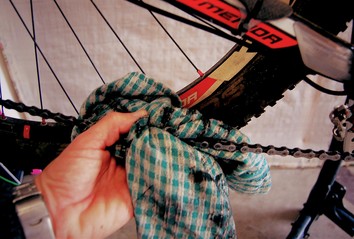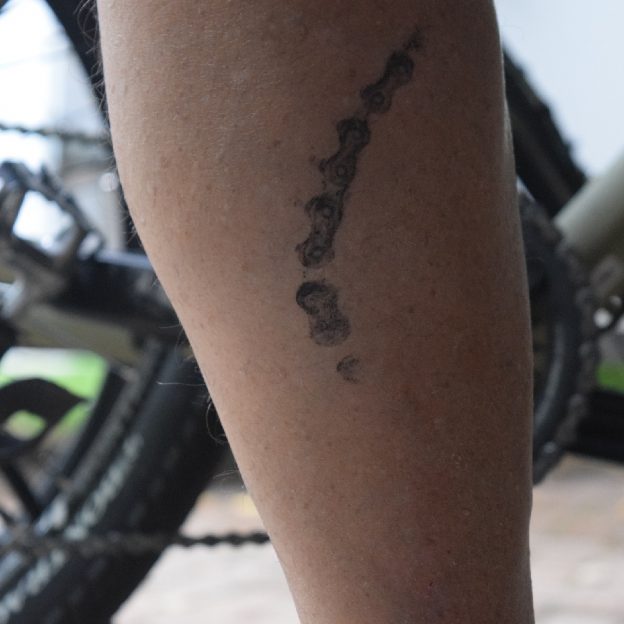Tag: cleaning bike chain
-

How to Lube and Clean Your Bike Chain
Most of us can’t often be bothered cleaning and lubing our bike chain, yet by following these five simple steps the job can be done quickly and easily. So next time you ride, your drive train shifts smoothly and you won’t get chain bites marks on your leg or grease on your socks.

